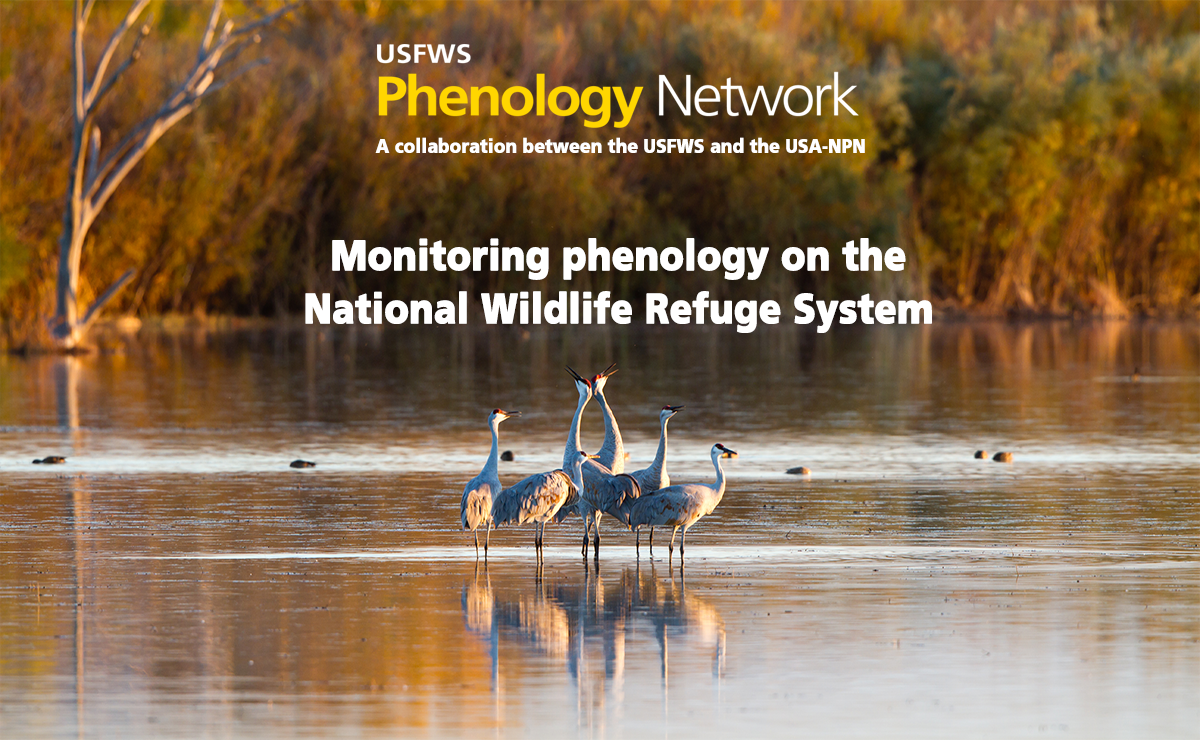On this page, you can:
Find out when the biological start of spring will occur on your refuge and how this year's spring stacks up to a 30-year average with the Current Status of Spring tool. This tool can assist managers to plan early-season management activities, and see how early or late spring is compared to normal.
Explore long-term patterns in the onset of spring over the last 100 years at each National Wildlife Refuge with the Long-term changes in the onset of spring tool. This tool can assist managers to understand long-term patterns in the changing of spring onset on their Refuge, how their Refuge compares to nearby refuges, and how spring is changing in the context of their migratory flyway.
The Spring Leaf Index is a synthetic measure of early season events in plants, based on recent temperature conditions. This model allows us to track the progression of spring onset across the country.
Learn more about the Extended Spring Indices »
The Current Status of Spring tool has three available layers:
1. Where has spring arrived? - Displays the locations that have met the requirements for the First Leaf Index, an indicator of leaf out of early-season plants
2. Spring forecast - Displays the locations that are predicted to meet the requirements for the First Leaf Index in the next six days
3. How does this year stack up? - Displays the difference between when locations met the requirements for the First Leaf Index and a long-term average (1991-2020)
The Long-term changes in the onset of spring tool has information about:
1. The average spring leaf onset in recent decades (1983-2012)
2. Recent change in timing relative to historical range of variation (1901-2012)
3. Change in timing over the latitudinal extent of the migratory flyway (1920-2012)
These data on long-term changes within refuges and migratory flyways are available for further exploration in Waller et al. 2018, PLOS One.
